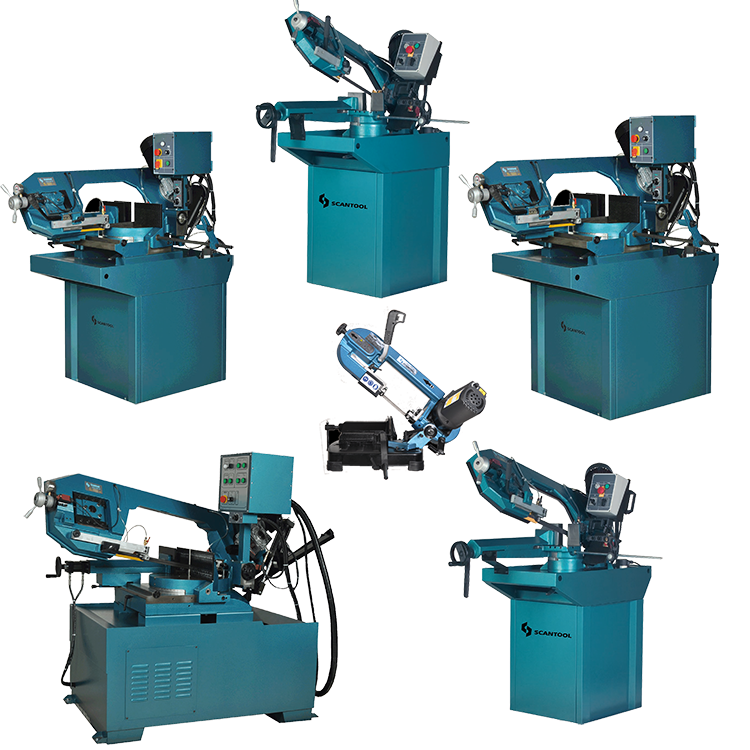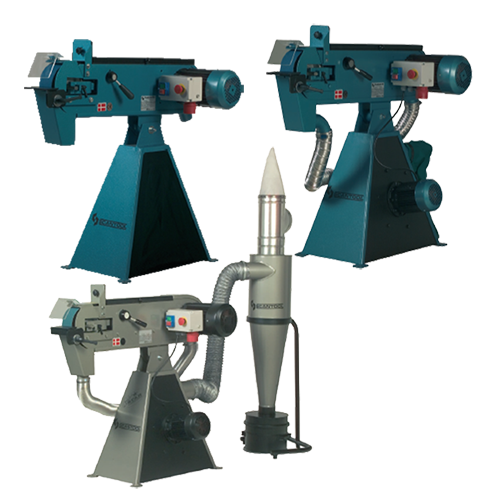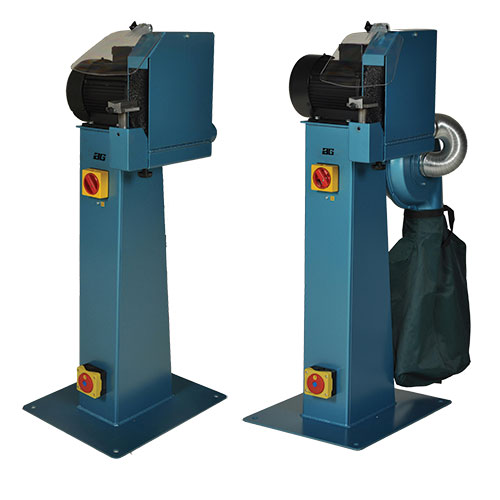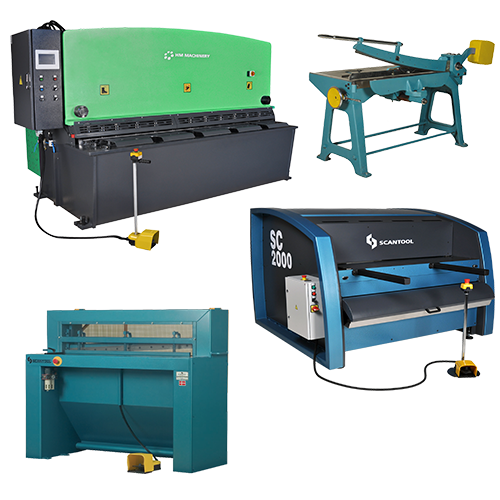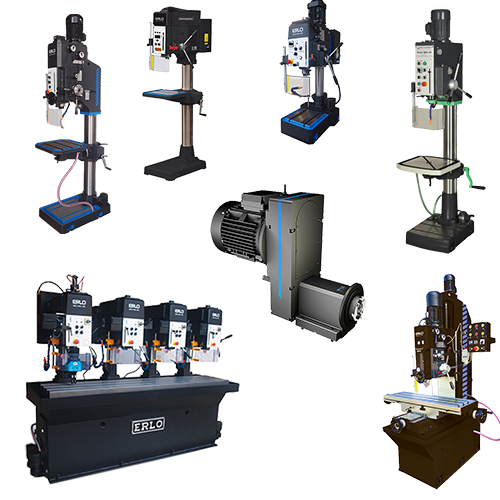Frequently Asked Questions (FAQs) about Profile Bending Machines

Q: What is a profile bending machine?
A: Profile Bending Machine Definition:
A profile bending machine is a versatile piece of equipment used in metal fabrication to bend metal profiles into circles, arcs, or specific shapes. It is also known by various names such as roll bender, ring roller, angle roller, section bending machine, profile bender, rolling machine, section roller, and profile roller.
Q: What types of profiles can be bent with these machines?
A: Types of Bendable Profiles:
Profile bending machines can bend a variety of profiles:
- Flat bars
- Square rods
- Round rods
- Standard round tubing
- Nominal bore pipes
- Rectangular sections
- Box sections
- Angle iron
- T-sections
- Custom shapes for the door and window industry
A: UNP Sections Available to be Bent:
A UNP section is a U-shaped channel commonly used in construction and structural applications. It provides excellent strength and rigidity for various frameworks and supports.
- UNP Section leg in
- UNP Section leg out
Q: What are the key features to consider when selecting a profile bending machine?
A: Key Features:
- Number of driven rolls
- Motor and shaft specifications
- Top roll adjustments
- Bending roll size
- Control mechanisms
- Construction of the base framework
Q: What is the difference between manual and hydraulic profile bending machines?
A: Manual vs Hydraulic:
Manual Machines: Use a corkscrew mechanism for positioning the bending roll.
Hydraulic Machines: Use buttons to control the hydraulic mechanism for positioning the roll.
Q: How many rolls do profile bending machines typically have?
A: Number of Rolls:
Most profile bending machines have three rolls, but some models may have four or more for special applications.
Q: What materials can be bent using profile bending machines?
A: Materials:
- Low carbon steel
- Medium to high carbon steel
- Stainless steel
- Aluminum
- Copper
- Cast iron
Q: How is the position of the bending rolls displayed?
A: Position Display:
Manual: Scale
Digital: Digital readout (DRO)
Automated: CNC control
Q: What control options are available for profile bending machines?
A: Control Options:
- Fully manual
- Hydraulic with digital displays
- NC (numerical control)
- Full CNC (computer numerical control) configurations
Q: What are the typical configurations of profile bending machines?
A: Configurations:
There are always bending rolls and static rolls, with the static rolls creating the counter-pressure for bending.
- Adjustable top roll and static two bottom rolls
- 2 Adjustable bottom rolls and 1 static top roll
Q: What industries use profile bending machines?
A: Industries:
- Construction (handrails, bridge superstructures)
- Automotive (roll cages, frames)
- Marine (boat frameworks)
- Street furniture (benches, bollards)
- Aerospace (airplane framework)
Q: What are some common applications of profile bending machines?
A: Applications:
- Creating handrails
- Metal art
- Safety rails
- Pulpits on boats
- Street furniture
- Structural components for bridges, ships, and industrial sites
Q: What does ‘shaft size’ refer to in profile bending machines?
A: Shaft Size:
Shaft size refers to the outside diameter of the shafts on the machine, which affects the machine’s durability and the types of profiles it can handle.
Q: How many driven rolls does a typical profile bending machine have?
A: Driven Rolls:
Typical machines have either two or three driven rolls that push the material through the bending rolls.
Q: What is the section modulus, and why is it important?
A: Section Modulus:
The section modulus is a geometric property of the cross-sectional area of a profile that determines its bending capabilities. For the average metalworker, understanding the section modulus helps in achieving precise and structurally sound bends. It influences the minimum bending radius and the strength of the bent profile, ensuring the bend meets design specifications.
Q: What safety features are included in profile bending machines?
A: Safety Features:
- Emergency stop button
- Alarm warning systems displaying error messages
- Multilingual operation capabilities
- Foot pedal instant on/off
- Speed control
- Electrical cabinet with safety micro-switch
Q: How should the machine be maintained for optimal performance?
A: Maintenance Tips:
- Regularly check the alignment of rolls
- Ensure the hydraulic system is functioning properly
- Keep the machine clean and free of debris
- Check keys on the drive shafts and key-ways on bending rolls or section rolls
- Check power supply cords and plugs
- Lubricate drive gears, shaft bearings, and ways
- Check hydraulic fluid levels
Q: What is a guide roll and what is it used for?
A: Guide Roll:
A guide roll is a roll mounted to the framework of the machine, set to the back side of the bending rolls and shafts. These rolls are typically mounted on a 15 to 30 degree angle and are used as counter-force when bending profiles and sections. They can be manually adjusted, hydraulically adjusted, and on NC and CNC machines, controlled by the industrial computer. Guide rolls can also be set to create helix formations.


